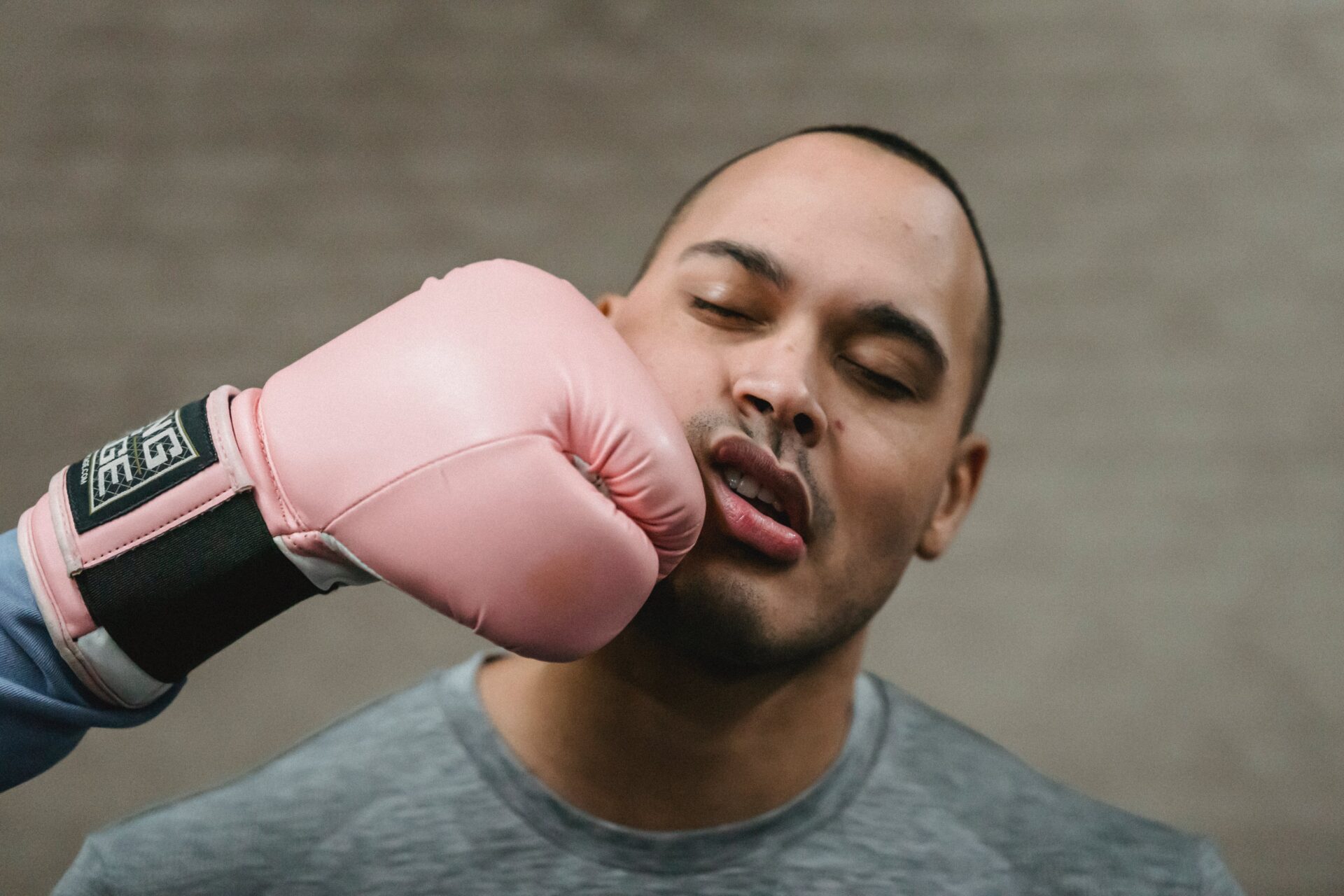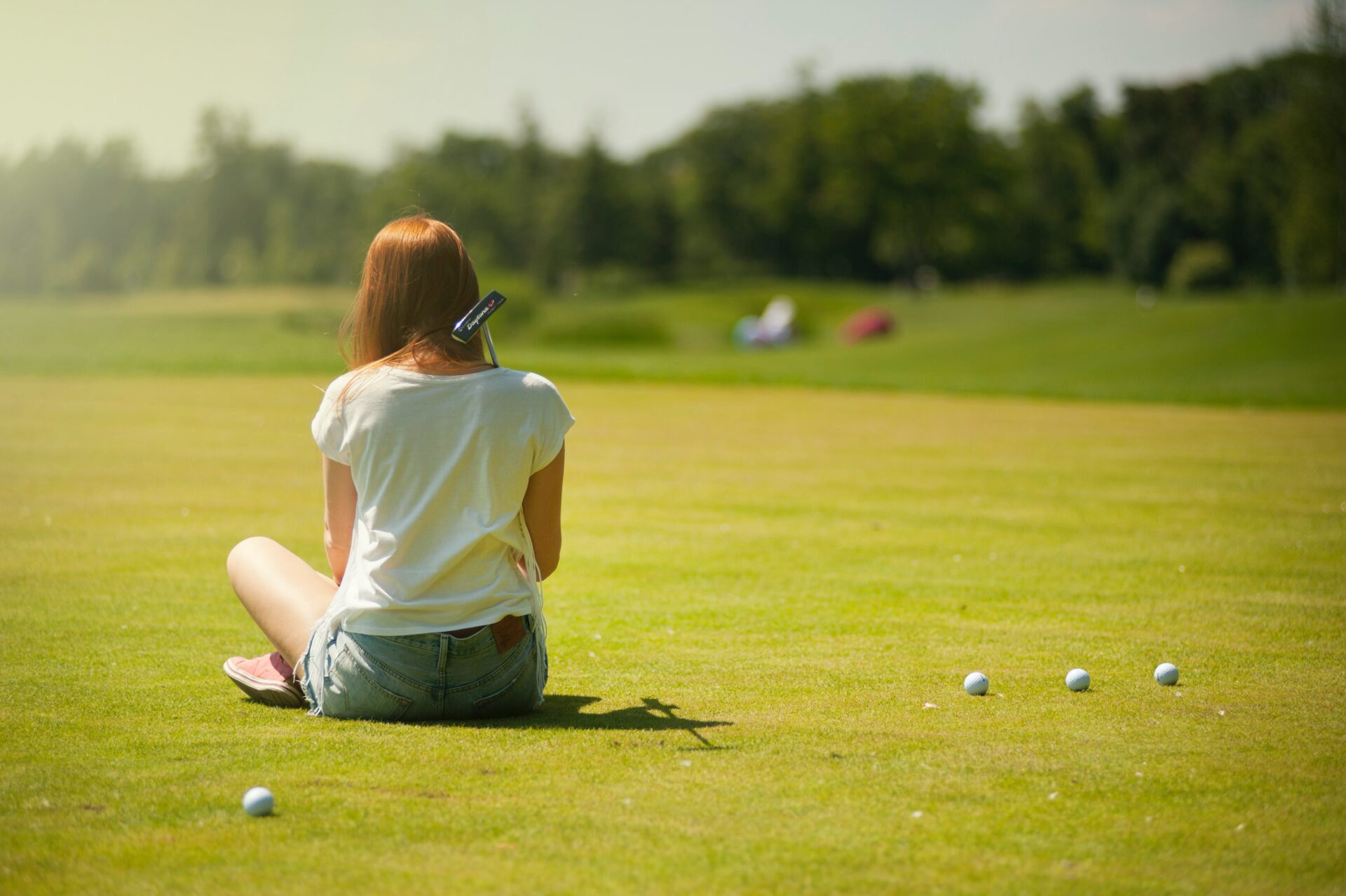Throwing a knuckleball with a wiffle ball is an art form that can be mastered with practice and dedication. It requires a combination of precision and finesse, as well as a little bit of luck. Learning to throw a knuckleball with a wiffle ball can be challenging, but it is also one of the most rewarding skills you can develop in your pitching game. With the right technique and plenty of practice, you too can master the art of throwing a knuckleball with a wiffle ball.In order to master the basics of throwing a knuckleball with a Wiffle Ball, you will need to practice the proper technique. Start by holding the Wiffle Ball in your hand with your middle and index fingers placed at the top of the ball and your thumb at the bottom. Next, twist your wrist slightly as you throw, releasing the ball with no spin. To ensure that you are not spinning the ball, you may want to focus on releasing it with your middle finger. As you throw, keep your arm loose and relaxed to ensure that you maintain good control over both speed and accuracy. With enough practice, these basics will help you master throwing a knuckleball with a Wiffle Ball.
Slow Knuckleball
The slow knuckleball is the most basic and easiest way to throw a knuckleball with a wiffle ball. To throw a slow knuckleball, grip the ball with your fingertips and use your wrist to snap it forward in a circular motion. The key is to keep your arm loose so that you don’t put too much spin on the ball. Keeping your arm relaxed will help ensure that the ball moves slowly and unpredictably towards the plate.
Fast Knuckleball
The fast knuckleball is slightly more difficult to throw than its slower counterpart, but can be just as effective when thrown correctly. To throw a fast knuckleball, grip the ball with your fingertips and use your wrist to snap it forward in an overhand motion. Unlike with the slow knuckleball, you want to put more spin on the ball by using more of your arm strength. This will make it move faster but still have some unpredictable movement due to the lack of spin.
Knuckler Curve
The knuckler curve is one of the more advanced ways of throwing a knuckleball with a wiffle ball. To throw this type of pitch, grip the ball like you would for a normal curveball, but use your wrist to snap it forward in an overhand motion. The key here is to get as much spin as possible on the ball while still keeping it loose enough that it has some unpredictable movement when it reaches home plate. This pitch can be a great way to keep hitters off balance and can often result in weak hits or strikeouts.
Floater Knuckler
The floater knuckler is another advanced way of throwing a knuckleball with a wiffle ball. To throw this type of pitch, grip the ball like you would for any other off-speed pitch and use your wrist to snap it forward in an almost sidearm motion. The key here is to get just enough spin on the ball while still keeping it loose enough that it flutters through the air towards home plate. This type of pitch can be used as an effective out pitch or as an effective way to keep hitters off balance by making them guess what’s coming next.
Understanding the Properties of the Knuckleball and Wiffle Ball
The knuckleball and the Wiffle ball are two unique types of pitches that are used in baseball. The knuckleball is a pitch that is thrown with a fingerless grip, resulting in an unpredictable flight path as it approaches the plate. This type of pitch is difficult to control, making it ideal for tricking batters. The Wiffle ball on the other hand is a plastic ball with holes in it designed to create an unpredictable spin when thrown. Both pitches have unique properties that can be used to give pitchers an advantage over their opponents.
The knuckleball is a pitch that has no spin as it travels to the plate. This lack of spin causes the ball to move erratically as it approaches the plate, making it difficult for batters to detect which direction it will go. The unpredictability of the pitch makes it difficult for hitters to make contact, giving pitchers an advantage when facing skilled opponents. Additionally, due to its lack of speed, the knuckleball can be thrown with less strain on a pitcher’s arm, allowing them to throw more innings without putting excessive stress on their body.
The Wiffle ball has holes in its surface which causes air resistance when thrown through the air. This resistance causes the ball to move erratically as it moves towards home plate, similar to a knuckleball. The difference between these two pitches lies in their velocity; while a knuckleball may travel slower than other types of pitches, a Wiffle ball can be thrown at speeds much higher than its plastic counterpart. Additionally, due to its light weight and aerodynamic shape, a Wiffle ball can be thrown with greater accuracy than other types of balls.
Understanding how these two unique pitches work can give pitchers an edge when facing their opponents. While both pitches have advantages and disadvantages that must be taken into consideration when selecting which one to use in certain situations, understanding how each one works will help pitchers make better decisions about which type of pitch they should use in different situations. Knowing how these two unique pitches work can help any pitcher gain an advantage over their competition and take their game up another level!
The Grip for Throwing a Knuckleball with a Wiffle Ball
Throwing a knuckleball with a Wiffle ball requires the right grip to ensure accuracy and consistency. The knuckleball grip is relatively simple, but takes some practice to master. When gripping the ball, you want to keep your fingers close together and spread your thumb apart. Place your index finger and middle finger on either side of the seam of the ball, with your ring finger resting underneath. Your thumb should be on the opposite side of where your index and middle fingers are. This will create an “L” shape when all of your fingers are in place.
When throwing the knuckleball, it is important to make sure that all of your fingers stay on the ball when you release it. You want to try and keep the ball in one piece as it leaves your hand, without any rotation or spin. To do this, you need to maintain consistent pressure with all of your fingers throughout the entire motion of throwing the ball. This will help create a consistent release point for maximum accuracy and control while throwing a knuckleball with a Wiffle ball.
Finally, when throwing a knuckleball, it is important to use an overhand delivery for maximum control and accuracy. This means that you are releasing the ball from above shoulder level instead of below shoulder level like most regular pitches are thrown. Throwing from an overhand position allows you to generate more power and velocity behind your pitch while maintaining control over where it goes once it leaves your hand. With practice, you can learn how to throw a knuckleball with a Wiffle ball accurately and consistently each time.
Overall, mastering the correct grip for throwing a knuckleball with a Wiffle ball is essential for achieving success in this type of pitching. By keeping all of your fingers together on one side of the seam while also maintaining consistent pressure throughout the entire motion of throwing will help ensure accuracy and consistency each time you throw a pitch. Additionally, using an overhand delivery will give you more power behind each pitch while still maintaining control over its direction once it leaves your hand. With practice and dedication, anyone can learn how to throw a successful knuckleball with a Wiffle ball!
The Grip
The knuckleball is a unique pitch that requires a special grip. To properly throw a knuckleball with a Wiffle Ball, start by gripping the ball with the fingertips. Place the middle finger on one of the seams and the thumb on the opposite seam. The index finger should be placed on top of the ball, forming a triangle-like shape between your thumb, index finger and middle finger. Make sure your grip is light and relax your wrist to ensure accuracy when throwing.
The Wind Up
Before throwing the knuckleball, it is important to begin with an appropriate wind up. Start by standing in an athletic position with your feet shoulder-width apart and your body facing away from home plate. Take one step forward while raising your arm to shoulder level and cocking your wrist back slightly as you prepare to throw. Be sure to keep your arm parallel to the ground throughout this motion as it will help you maintain control when releasing the ball.
The Release
Once you are in position, you can begin releasing the knuckleball. To do this, snap your wrist forward while pushing off of your back foot and throwing your arm forward towards home plate. As you do this, make sure that you keep your fingers relaxed around the seams of the Wiffle Ball so that it has enough spin to make it move unpredictably during flight.
Follow Through
After releasing the knuckleball, it is important to maintain momentum by following through with a full arm movement towards home plate until you feel comfortable stopping or resetting for another pitch. This will help ensure that all of your energy is transferred into the ball and will maximize its spin for maximum accuracy and unpredictability when it reaches home plate.

How to Practice Throwing the Knuckleball with a Wiffle Ball
The knuckleball is one of the most difficult pitches to master in baseball, but with practice and dedication, it can become a very effective weapon on the mound. Throwing a knuckleball requires an unusual grip and release, which can be difficult to perfect without the right tools. Fortunately, with a Wiffle ball and some patience, you can begin to develop your knuckleball technique.
To begin practicing the knuckleball with a Wiffle ball, find an area where you can throw safely without hitting anything or anyone. Once you have located a safe place to practice, spread out your feet shoulder-width apart and hold the Wiffle ball in your glove between your index finger and thumb. Make sure you are gripping the ball tightly so that it does not slip out of your hand during the motion.
From this position, start by bringing your throwing arm up until your elbow is at shoulder level. Then rotate your arm inwards until it is perpendicular to the ground. As you do this, make sure that your wrist is bent slightly downwards so that you can push off from it as you throw. When you are ready to throw, move your arm forward quickly while keeping it straight and release the ball when you reach full extension.
When releasing the ball for a knuckleball pitch, make sure that you have only two fingers on it—the index finger and thumb—and that they are touching each other firmly at all times during the motion. As you follow through with your motion after release, ensure that your fingers remain on top of each other until they separate at full extension for best results.
Keep practicing these steps until you feel comfortable throwing from this grip and motion consistently. It may take some time before you get used to this unusual pitching style but eventually, with enough practice and dedication, the knuckleball will become second nature for you!
Using Incorrect Grips
One of the most common mistakes when throwing a knuckleball with a Wiffle ball is using incorrect grips. Many people try to grip the ball with their knuckles, which is not the correct technique for throwing a knuckleball. The proper grip involves lightly touching the tips of your fingers to the seams of the ball and then curling your fingers slightly. This grip allows for maximum spin and control, as well as more accuracy when throwing a knuckleball.
Throwing Too Hard
Another mistake that people often make when throwing a knuckleball with a Wiffle ball is throwing it too hard. Knuckleballs require very little velocity in order to be effective, so it’s important to keep your throws slow and controlled. If you throw the ball too hard, it will cause it to spin out of control and become far less accurate. When throwing a knuckleball, focus on keeping your arm motion slow and relaxed so that you can control the pitch.
Throwing From Too Far Away
Another mistake that is commonly made when throwing a knuckleball with a Wiffle ball is throwing from too far away. The ideal distance for throwing a knuckleball should be around 30 feet or so. If you throw from any further away than that, you will lose accuracy and control over the pitch. As such, make sure you are standing close enough to ensure maximum accuracy when throwing your knuckleballs.
Not Aiming Low Enough
Finally, another common mistake when throwing a knuckleball with a Wiffle ball is not aiming low enough. Knuckleballs require some degree of downward trajectory in order to be effective, so make sure you are aiming low enough when releasing your pitch. Aiming low will help ensure that your pitches have optimal movement and accuracy.
Practice
The most important step to mastering the knuckleball with a Wiffle ball is practice. Dedicate time each week to perfecting your technique so you can become more accurate. Try different grips and release points to find what works best for you. Make sure you are practicing from different distances, as this will help you hone your skills and develop accuracy with the knuckleball.
Grip
Pay attention to your grip when throwing the knuckleball with a Wiffle ball. A good grip will help you maintain control of the ball during its flight. Hold the ball between your thumb and middle finger, with your index finger tucked alongside it. Keep your fingers spread wide and adjust as needed for a secure grip.
Release Point
Once you have perfected a comfortable grip on the Wiffle ball, focus on finding an effective release point for maximum accuracy. Experiment with different arm angles and release heights to get a feel for which one works best for you. Remember that it takes practice to master this skill, so be patient as you try out different techniques.
Follow-Through
An important part of throwing any type of pitch is following through after releasing the ball. This helps direct the spin of the ball and gives it more power and accuracy in its flight path. As you throw a knuckleball with a Wiffle ball, make sure that your arm makes complete circles in its motion before returning back to its starting point after releasing the ball.
Drills
Performing drills can help improve accuracy when throwing a knuckleball with a Wiffle ball. Try setting up targets at various distances and practicing hitting them consistently using different techniques until you find what works best for you. This will allow you to develop greater control over your pitches as well as accuracy in their placement.

Conclusion
Mastering the art of throwing a knuckleball with a Wiffle Ball is a great way to challenge yourself and have some fun. It takes practice and dedication to become an expert, but with a little bit of patience, anyone can become an ace knuckleball pitcher. Just remember to keep your arm motion relaxed and your grip firm, and you’ll be well on your way to becoming a pro.
The key to success is persistence. Don’t give up if you don’t get it right away. Keep practicing and refining your technique until you find the perfect combination of power and accuracy that will make your knuckleball unstoppable. With enough practice, you can become an expert at throwing the Wiffle ball knuckleball.
So if you’re looking for a new challenge, why not give the knuckleball a try? You might surprise yourself with how quickly you can learn this skill—just don’t forget to have fun along the way!




